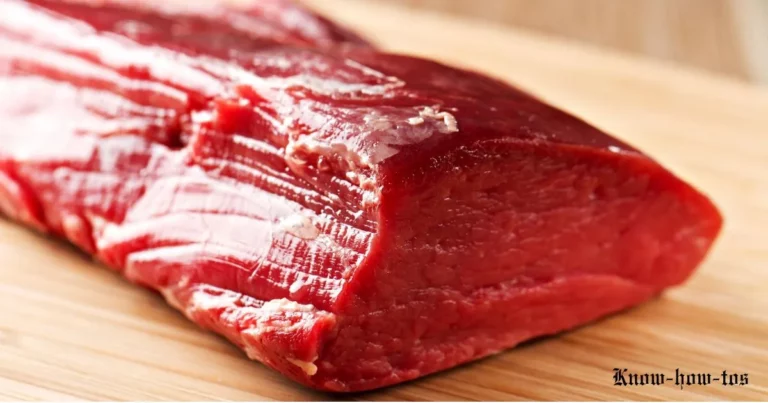WHAT IS THE SIZE OF THE KITCHEN SINK DRAIN PIPE?
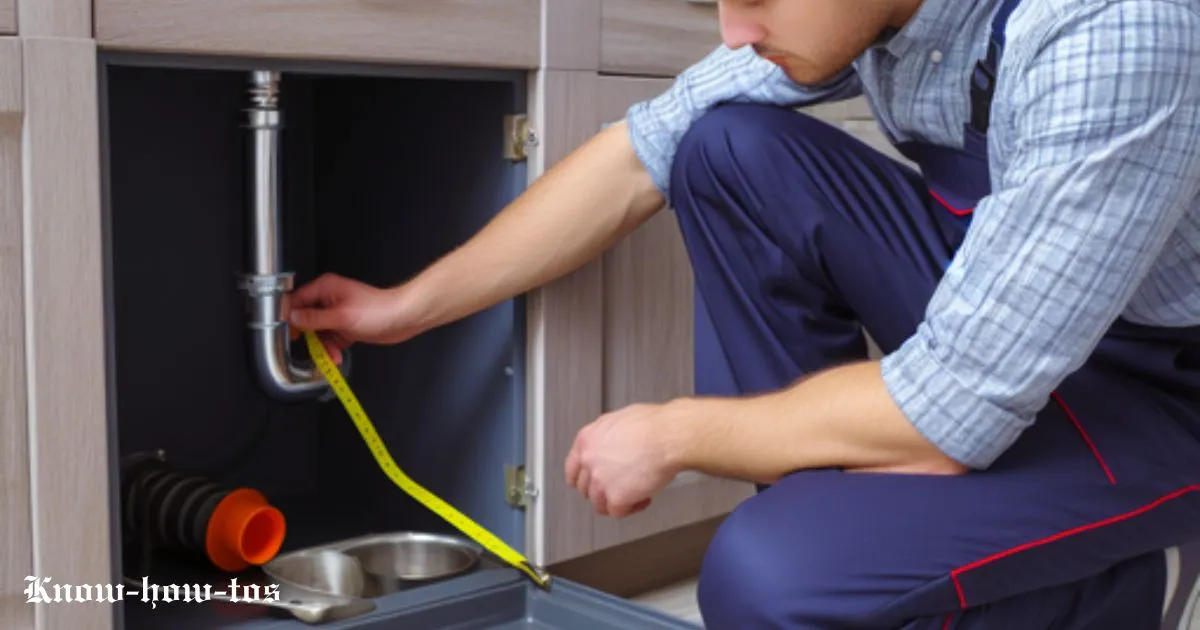
Selecting the appropriate kitchen sink drain pipe size is vital for optimizing wastewater flow and preventing blockages, ensuring efficient drainage. In this article we will understand about the standard sink drain pipe size and things related to it.
Size of kitchen sink drain pipe – My struggle
I remember the day my kitchen sink drain pipe broke, and I was completely clueless about its dimensions. I spent hours searching for a replacement, trying to measure it with whatever tools I could find. It was a frustrating ordeal until I finally discovered that most kitchen sink drain pipes are 1 1/2 inches in diameter. I wish I had known this earlier, so now I’m sharing this knowledge with you to save you the hassle of a similar struggle. Understanding kitchen sink drain pipe sizes can make your life a lot easier when you face plumbing issues in the future.
Standard sink drain pipe size
Sink drain pipes come in a standard size, typically ranging from 1 1/2 to 2 inches in diameter. This range is carefully designed to ensure the smooth and efficient flow of wastewater from sinks, helping to maintain proper drainage while minimizing the chances of clogs or blockages in your plumbing system. To ensure your plumbing installation meets all local regulations and works perfectly, it’s important to consider the type of sink you have and how it will be used when determining the right kitchen sink drain pipe size.
How to measure sink drain pipe size?
To measure the size of a sink drain pipe, follow these steps:
- Remove the Trap: Start by removing the P-trap (the curved section of the pipe) under your sink. Use a pipe wrench or pliers to loosen the slip nuts and disconnect the P-trap from the vertical drain pipe coming down from the sink.
- Measure the Inside Diameter: Using a measuring tape, measure the inside diameter of the drain pipe. This is the measurement from the inside edge of one side of the pipe to the inside edge of the opposite side. Common sizes include 1 1/4 inches, 1 1/2 inches, and 2 inches.
- Consider Local Building Codes: Check your local plumbing codes and regulations, as they may specify a required drain pipe size for your area or for the type of sink you’re installing.
- Evaluate Sink Type: Different sinks may have different drain pipe size requirements. For example, a standard kitchen sink typically uses a 1 1/2-inch drain pipe, while a bathroom sink might use a 1 1/4-inch drain pipe.
- Consult a Professional: If you’re unsure about the drain pipe size or if you’re dealing with a complex plumbing system, it’s always a good idea to consult a professional plumber for guidance.
Measuring the kitchen sink waste pipe size accurately is crucial to ensure proper water drainage and to comply with local plumbing codes
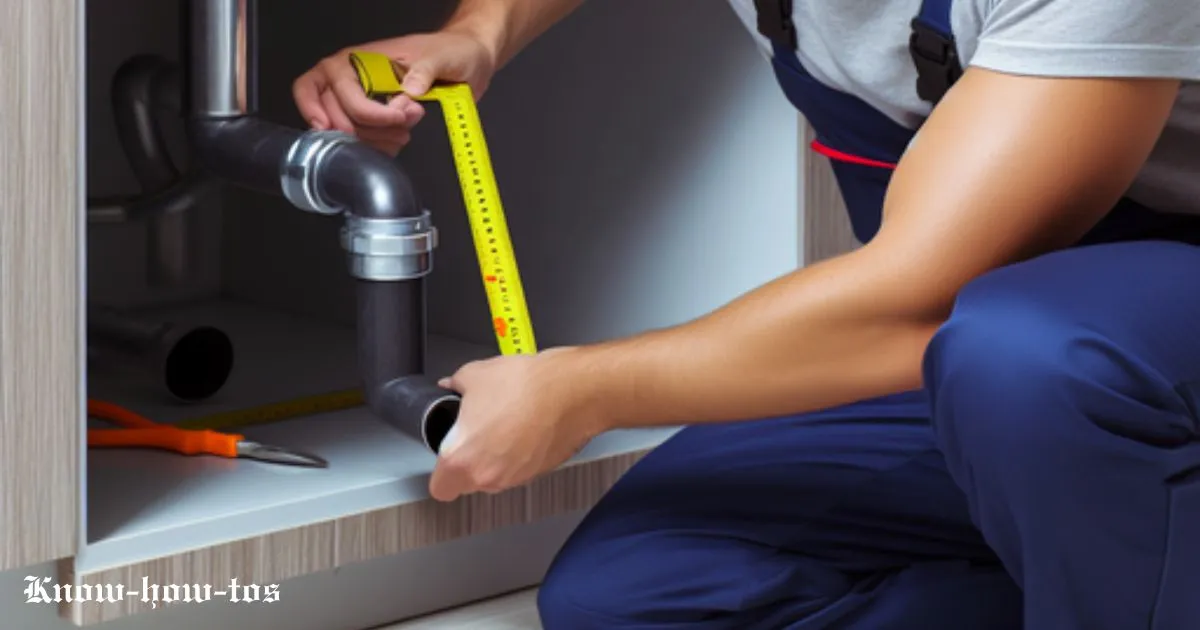
Size of a sink
The kitchen sink plumbing size can vary significantly depending on the type and purpose of the sink. Here are some common sink sizes for different applications:
- Kitchen Sink: Kitchen sinks typically come in standard sizes, with the most common dimensions being around 22 inches in length, 30 inches in width, and 9-10 inches in depth. However, sizes can vary, and you can find smaller or larger kitchen sinks based on your specific needs.
- Bathroom Sink: Bathroom sinks come in various sizes. A typical bathroom vanity sink is about 20-24 inches in width, 16-23 inches in depth, and 5-8 inches in height. However, pedestal sinks may be more compact, while vessel sinks can be larger and more decorative.
- Laundry Sink: Laundry sinks are designed for utility and are larger than bathroom sinks but smaller than kitchen sinks. They are often around 22-25 inches in width, 22-25 inches in depth, and 12-14 inches in height.
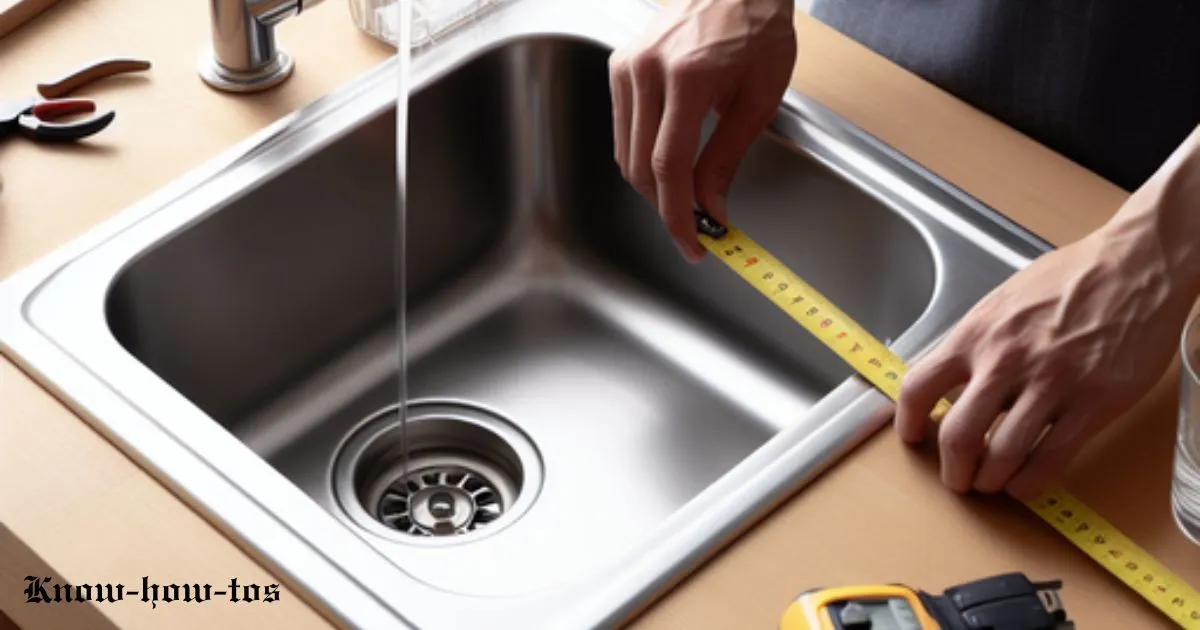
Plumbing a sink
Plumbing a sink involves installing the necessary components to ensure that water can flow into the sink for use and wastewater can be properly drained away.
- Gather necessary tools and materials.
- Turn off the water supply.
- Remove old plumbing components if needed.
- Install water supply lines to the faucet.
- Install the sink drain assembly, including the strainer and P-trap.
- Check for leaks and tighten connections as necessary.
- Test the drain to ensure proper drainage.
- Secure exposed pipes with hangers or clamps.
- Caulk around the sink to seal it.
- Clean up any excess materials, and ensure a leak-free and properly functioning sink.
Connecting kitchen drain pipes to the sink
Connecting kitchen drain pipes to the sink involves assembling and securing the components to ensure effective wastewater drainage. Begin by attaching the sink strainer to the drain hole, using plumber’s tape for a watertight seal. Connect the tailpiece to the strainer and then install the P-trap, which traps debris and prevents sewer gas from entering. Finally, link the P-trap to the drainpipe leading into the wall or floor, ensuring each connection is secure but not over-tightened to prevent damage. This well-organized plumbing system ensures smooth water flow and efficient removal of kitchen sink wastewater.
Kitchen drain parts
Kitchen drain parts are essential components that make up the plumbing system under your kitchen sink, allowing for the efficient flow of water and the removal of wastewater. A kitchen sink drain pipe size kit typically contains the essential components required to set up the drain system for a kitchen sink. These components typically include:
Sink Strainer
The sink strainer, or basket strainer, is the topmost component that fits into the drain opening in the sink. It captures food particles and debris, preventing them from clogging the drain. The strainer can be removed for cleaning.
Tailpiece
The tailpiece is a straight piece of pipe that connects the sink strainer to the P-trap. It directs water and debris downward.
P-Trap
The P-trap is a U-shaped pipe that connects to the tailpiece and the drainpipe leading into the wall or floor. It traps water, creating a barrier that prevents sewer gases from entering the kitchen. The P-trap can be disassembled for cleaning.
Trap Arm
The trap arm connects the P-trap to the drainpipe in the wall or floor, leading the wastewater away from the sink.
Drainpipe
The drainpipe, also known as the waste arm or drain line, is the section of pipe that carries wastewater from the trap arm into the building’s plumbing system. It may run horizontally or vertically, depending on the specific plumbing layout. The size of a kitchen drain line typically ranges from 1 1/4 to 2 inches in diameter, ensuring efficient wastewater removal from the sink.
Couplings and Adapters
These are fittings that connect the different components of the drain system, ensuring a secure and watertight connection. Couplings and adapters may be necessary to join pipes of different sizes or materials.
Washers and Gaskets
Rubber or silicone washers and gaskets are used to create watertight seals at various connection points to prevent leaks.
Nuts and Bolts
Nuts and bolts are used to secure components in place, such as attaching the sink strainer to the sink and the P-trap to the tailpiece.
Plumber’s Tape
Plumber’s tape, also known as thread seal tape or Teflon tape, is wrapped around the threaded connections to create a tight, leak-free seal.
Understanding these kitchen drain parts and their functions is important for maintaining a well-functioning plumbing system. Regular cleaning and maintenance of these components can prevent clogs and ensure efficient drainage in your kitchen sink. If you encounter issues with your kitchen drain, it’s advisable to consult a professional plumber for proper repairs or replacements.
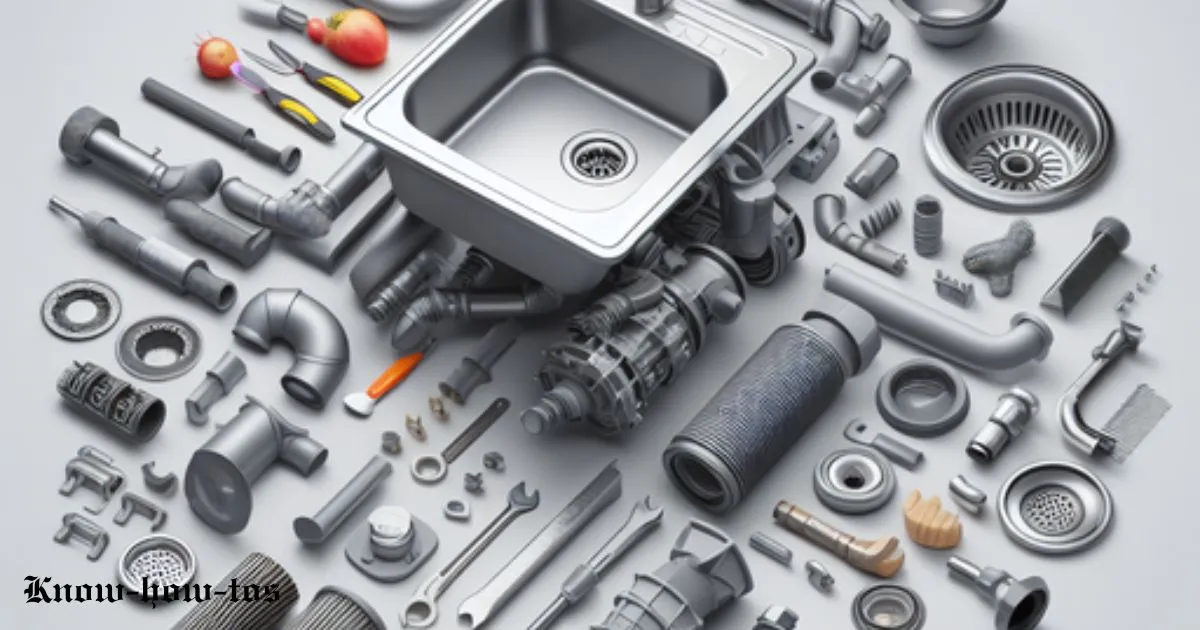
Bathroom sink drain pipe size
The size of a bathroom sink drain pipe is typically 1 1/4 to 1 1/2 inches in diameter. These sizes are commonly used for most standard bathroom sink installations. However, it’s important to note that the exact size may vary based on local plumbing codes and specific plumbing configurations.
Type of pipe used in sink drains
Several types of pipes are commonly used in sink drains, and the specific type used depends on local plumbing codes, the sink’s purpose, and the materials available. The most common types of pipes used in sink drains include:
PVC (Polyvinyl Chloride):
PVC pipes are a popular choice for sink drains because they are durable, affordable, and resistant to corrosion. They come in various sizes and are easy to cut and assemble.
ABS (Acrylonitrile Butadiene Styrene):
ABS pipes are another plastic pipe option commonly used for sink drains. They are similar to PVC but are often preferred in regions where ABS is the approved material.
Copper:
Copper pipes are used for sink drains, especially in older homes or where local building codes require them. Copper is corrosion-resistant and offers a sleek appearance. However, it can be more expensive and requires soldering for connections.
Cast Iron:
Cast iron pipes are often used for larger drains, such as those in commercial kitchens. They are durable and resistant to high-temperature water, making them suitable for heavy-duty applications.
Galvanized Steel:
Galvanized steel pipes were used in older plumbing systems but are less common today due to issues with corrosion over time. Many jurisdictions have replaced them with plastic pipes like PVC or ABS.
Brass:
Brass pipes are occasionally used in sink drains, particularly for high-end fixtures or in specialty applications. They are corrosion-resistant and provide an attractive appearance.
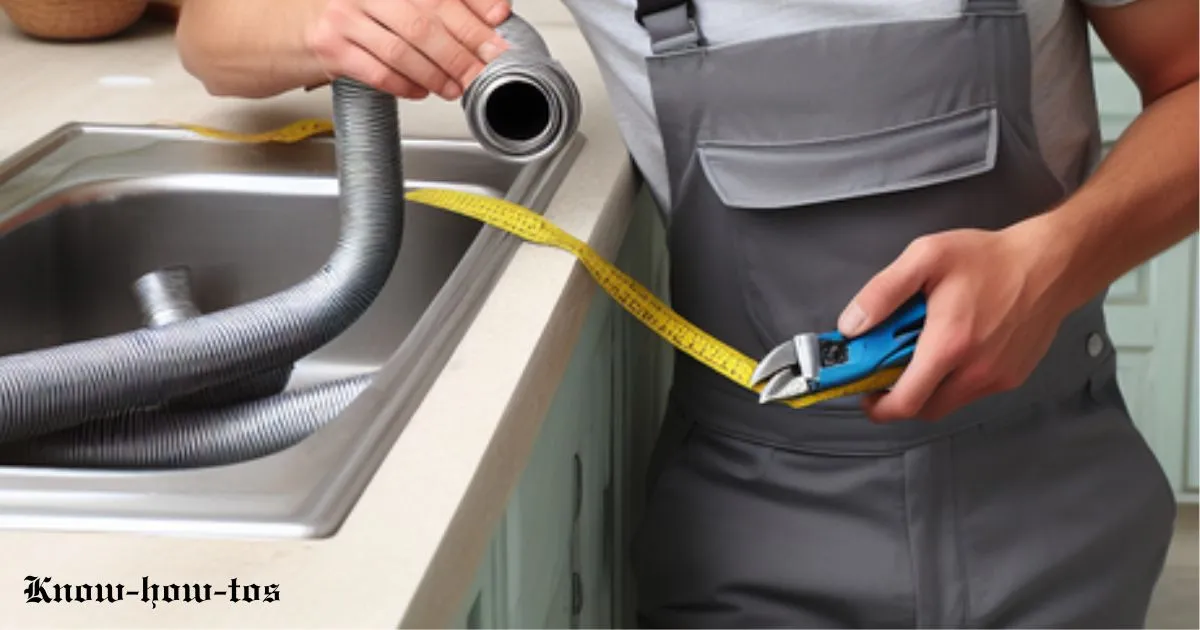
Read more: How to refinish cast iron sink?
Tips for selecting a kitchen sink drain pipe size
Conclusion
In summary, selecting the appropriate size of your kitchen sink drain pipe is essential for optimal drainage efficiency. Whether installing a standard 1.5 or 2-inch pipe, ensuring compatibility with your sink’s flow rate and plumbing system is key to maintaining smooth operations and preventing potential clogs.

